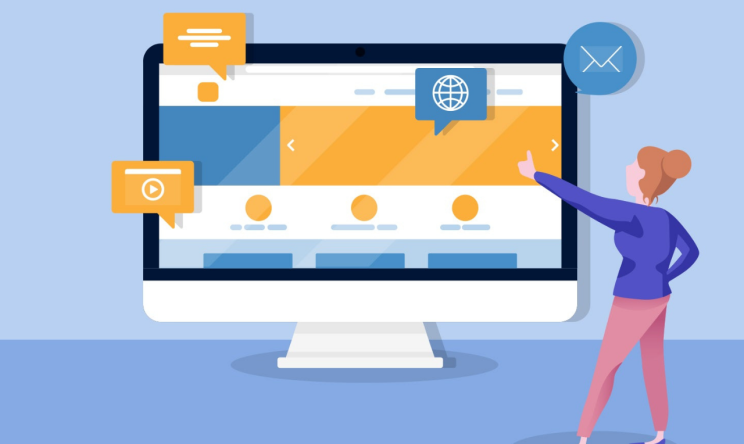 August 1, 2020
August 1, 2020
Website design for happy mobile shoppers – A ‘How To’
If you’re like the majority of global retailers, you likely see far lower conversions from your mobile shoppers than those who visit you via their PC, and perhaps your stats look a little like this…
Smartphone shoppers account for 56.2% of traffic compared to 34.5% on desktop.
Yet mobile traffic converts at less than half the rate of desktop, at 2.25% compared to 4.81% for desktop.
All too many businesses weigh up these stats and decide that they should focus less on mobile as a result, when in fact the opposite should be true.
If you’ve previously overlooked mobile shoppers, ask yourself – what would your sales figures look like if your mobile conversion rate rose to equal your desktop rate?
With the business case made for designing for mobile, we want to walk through seven essential concepts that you’ll need to nail down if you’re to convert your time-short mobile shoppers…
Key question: How can you create an exceptional experience for BOTH mobile and desktop?
Short answer is, you don’t – you design for a desktop experience, AND you design separately for a mobile experience.
The problem most retailers have is that their website is simply responsive. That means their website scales up or down to fit the device. With this scaling fonts change size, buttons too, and elements may be removed. What this doesn’t achieve is being designed to deliver an optimal experience designed from the ground-uparound the shopper and their device.
53% of mobile users abandon sites that take over 3 seconds to load
Mobile users want websites to load almost instantaneously. Use a tool such as the Pingdom Website Speed Test to see where your website stands at the moment.
Make everything minimal for mobile – short product descriptions; big images; information split into bullets; and a smooth payment experience.
Don’t leave your users wondering about delivery charges until they get to checkout – add a site-wide banner to make it clear from the off. And explain additional payment security before they’re redirected – such as 3D Secure or PayPal. These are two prime examples of staying a step ahead of your shoppers’ questions.
Mobile shoppers are only growing in number and, so far, retailers have failed to impress them.
The four tips above should serve as a strong foundation for improving your mobile conversion rates. And for the future, you might want to consider gathering user feedback with the help of a survey (nothing compares to qualitive data about your mobile shopping experience).